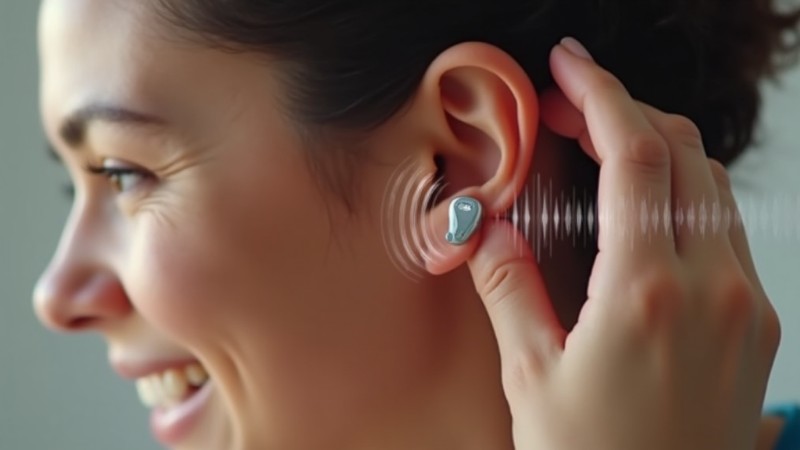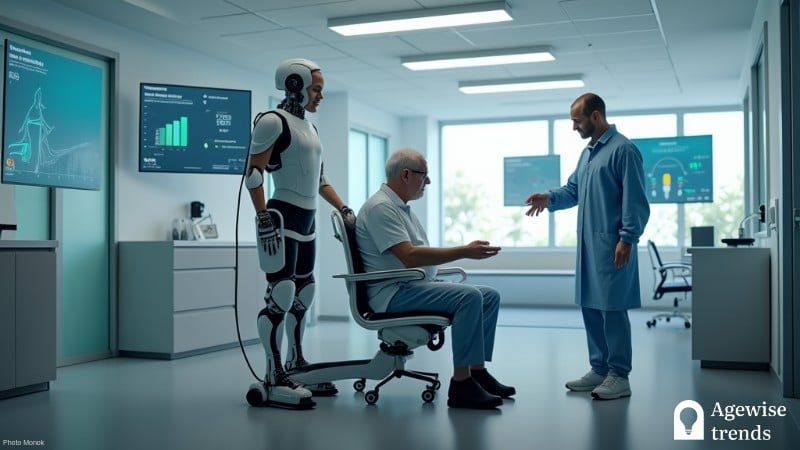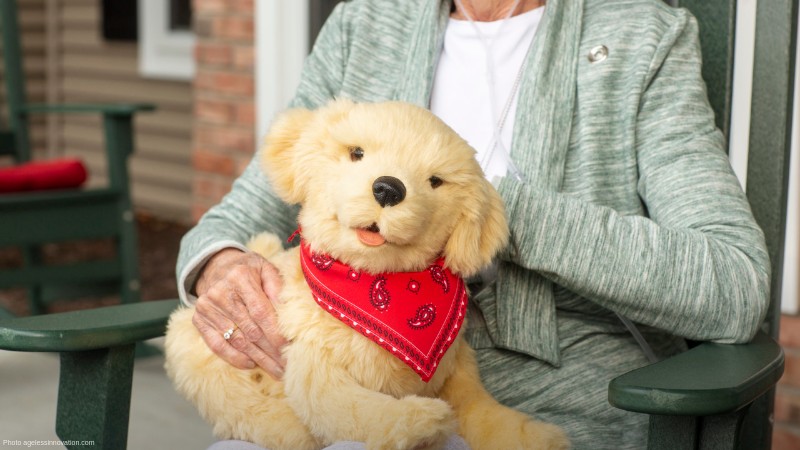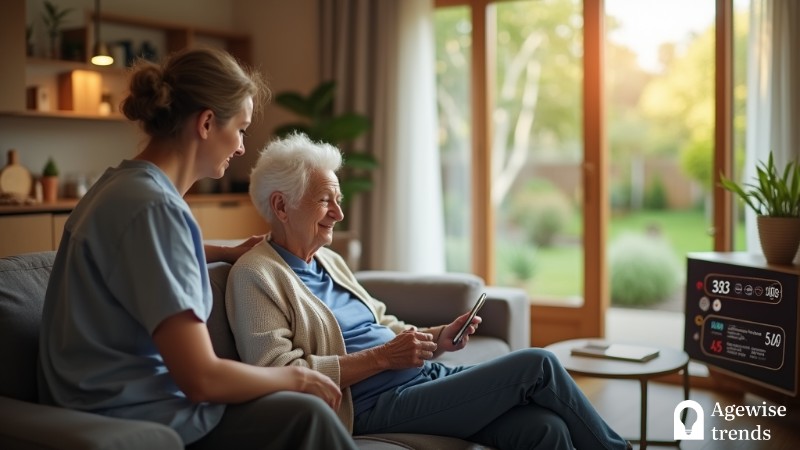Assistive technology plays a crucial role in helping older adults maintain independence, improve daily living, and stay connected. From voice-activated smart devices to advanced mobility aids, these innovations enhance accessibility and quality of life.
At the CSUN Assistive Technology Conference, LG Electronics presented a range of innovations aimed at improving accessibility for people with disabilities and older adults.
As the first major home appliance brand to take part in the event, its presence underscores the industry’s increasing emphasis on inclusivity. Hosted by CSUN’s Center on Disabilities, the conference is one of the largest gatherings dedicated to advancing assistive technology.
Justin Hong, ESG Strategy Head at LG Electronics, highlighted the company’s commitment to accessibility through its ESG vision, Better Life for All.
By participating in the conference, the company reinforced its dedication to incorporating assistive technologies into everyday products, promoting independent living, and addressing the needs of both older adults and individuals with disabilities.
Key Takeaways
Assistive technology and smart home innovations are boosting independence and improving the quality of life for seniors.
- LG Electronics demonstrated height-adjustable kiosks along with the LG Comfort Kit to enhance accessibility.
- Voice-activated smart home management and AI-powered features are increasingly being integrated into everyday products.
- Robotic caregivers are emerging as a solution to meet the rising demand for elder care, although ethical concerns still persist.
Innovative solutions for enhanced accessibility
One of the standout creations presented was a height-adjustable commercial kiosk with tactile keypads, allowing wheelchair users to modify the display height and enhancing usability for individuals with visual impairments.
The electronics giant also introduced the LG Comfort Kit for the U.S. market, featuring attachable accessories like easy-grip handles for detergent drawers and washing machine dials to improve ease of use.
Developed with input from individuals with mobility and visual impairments, children, and older adults, the Comfort Kit underscored the importance of user feedback— a key topic in LG’s workshop sessions. These discussions also explored AI-driven smart homes and universal design, with experts sharing insights on improving accessibility.
Another major highlight was the ThinQ ON platform for voice-controlled smart home management.
The company’s OLED TVs also introduced enhanced expanded functionality features, including Voice Menu Reading and Simultaneous Listening with Hearing Aids and Speakers, reflecting a broader industry shift toward integrating assistive technology into everyday products.
Improving access through education and collaboration
LG’s commitment to accessibility is reflected in its ongoing development of innovative solutions for senior care and disability support. By collaborating with experts and consumers, the company refines its products to promote independence and comfort.
This dedication is especially evident in smart home technology, where voice-activated assistants and adjustable appliances enable individuals to live more comfortably and stay in their homes longer.
Beyond product innovation, the global appliance leader promotes accessibility through educational initiatives and workshops on assistive technology.
Discussions at the CSUN conference highlighted ongoing challenges and new opportunities, reinforcing its role in driving inclusivity within the home appliance industry.
As technology advances, senior care and support are becoming more user-friendly. LG’s leadership in this space demonstrates the transformative impact of progress, shaping a future where accessibility and convenience are seamlessly integrated into everyday life.
Smart homes for senior living
The advancements showcased at events like the CSUN Assistive Technology Conference highlight how major companies are integrating accessibility into their products, making everyday tasks more intuitive and inclusive.
This push for greater accessibility is also driving advancements in smart home automation, where connected systems simplify daily routines and enhance independent living.
Smart home automation uses IoT to streamline daily tasks, allowing users to control lighting, security, and climate remotely or automatically.
For older adults, connected home technology enhances safety and independence with motion sensors, voice control, and emergency alerts that adapt to changing needs and reduce risks.
Smart solutions for safer living
Thoughtfully designed solutions can enhance safety, improve convenience, and promote greater independence at home. Here are some examples.
• Automated lighting and motion sensors: Lights activate with movement, reducing fall risks and supporting routines for cognitive impairments.
• Adaptive smart thermostats: Adjusts temperature automatically for comfort and energy efficiency.
• Voice-activated smart plugs and appliances: Enables hands-free control of household devices, minimizing strain and safety risks.
• Smart bed and sleep tracking systems: Monitors sleep and adjusts positioning for better rest and pressure relief.
• Customizable home automation platforms: Integrates lighting, security, and climate control with hands-free and emergency features.
• AI-enhanced personal assistants: Provides reminders, wellness check-ins, and personalized support for daily routines.
Robots for elder care
The growing gap between the demand for elder care and the availability of caregivers has made robotics a vital solution.
Advances in technology have led to the development of robotic caregivers designed to assist and support older individuals.
Benefits and challenges
Care robots help ease the burden on human caregivers by handling routine tasks, allowing more focus on complex care needs. They enhance home safety by monitoring the environment and reducing risks, supporting independent living.
While they cannot replace human companionship, they provide interaction and stimulation for older adults who may feel isolated. With 24/7 availability, these robots ensure continuous support without overburdening caregivers.
However, the adoption of robotics in elder care raises ethical concerns, particularly regarding safety and the need for human connection. While robots can provide valuable assistance, they should not replace the meaningful interactions older adults rely on.
Maintaining a balance between technological support and human caregiving is essential to ensure both well-being and strong personal relationships.
As assistive technology advances, it plays an increasingly vital role in supporting independence for older adults. Thoughtful advancements and collaboration will help create a future where technology adapts to diverse needs, making daily life safer and more accessible.















